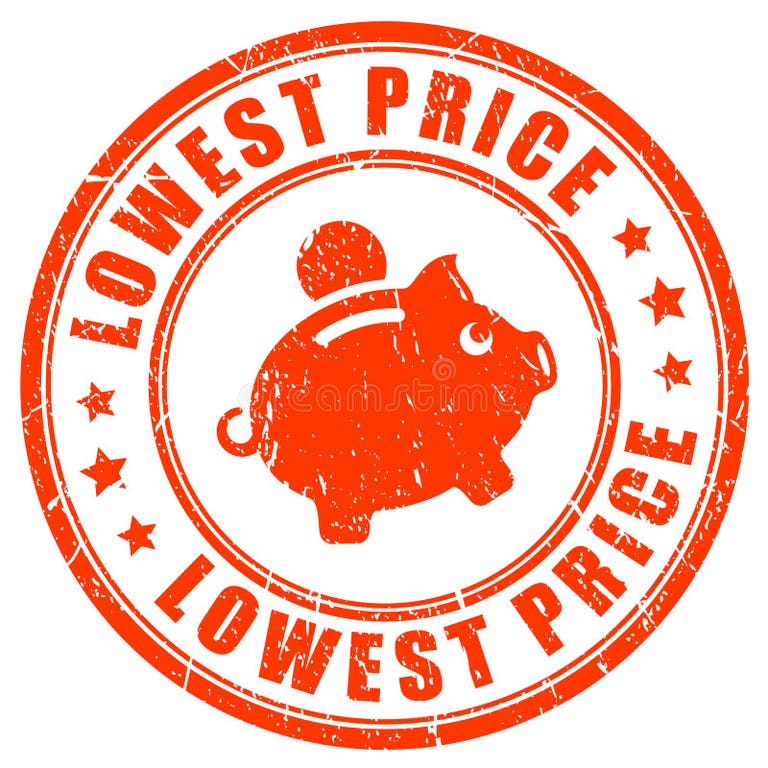The Allure and Reality of the Lowest Price Promise: A Consumer’s Guide
In the competitive landscape of modern retail, businesses constantly seek ways to attract and retain customers. One common tactic is the "Lowest Price Promise" (LPP), also known as a "Price Match Guarantee." This pledge aims to assure consumers that they are getting the best possible deal. But what exactly does a Lowest Price Promise entail, and is it always as beneficial as it sounds? Let’s delve into the details.
Opening the Door: Understanding the Lowest Price Promise
At its core, a Lowest Price Promise is a retailer’s commitment to match or beat a competitor’s price for the same product. The goal is simple: to alleviate customer concerns about overpaying and encourage them to make a purchase with confidence. Retailers use this strategy to foster trust, boost sales, and build brand loyalty.
How It Works: The Mechanics of Price Matching
The exact process for claiming a Lowest Price Promise varies from retailer to retailer, but the general steps are as follows:
- Identify a Lower Price: Find an identical product offered by a competitor at a lower price. This usually involves providing proof, such as an advertisement, website link, or in some cases, a photo.
- Verify Eligibility: Ensure that the product and competitor meet the retailer’s specific criteria. This might include factors like:
- Product Identicality: The products must be the exact same model, color, and condition (new, not used or refurbished).
- Competitor Requirements: The competitor must be a legitimate retailer, often within a certain geographic radius or online. Some retailers exclude auction sites or third-party sellers.
- In-Stock Availability: Both the retailer offering the Lowest Price Promise and the competitor must have the product in stock.
- Submit Your Claim: Present your proof of the lower price to the retailer, either in-store or online.
- Verification and Adjustment: The retailer will verify the information and, if everything checks out, adjust the price accordingly. Some retailers may even beat the competitor’s price by a small percentage.
The Consumer’s Perspective: Weighing the Pros and Cons
For consumers, the Lowest Price Promise can offer significant advantages:
- Potential Savings: The most obvious benefit is the opportunity to save money on purchases.
- Convenience: It allows you to shop at your preferred retailer without worrying about missing out on a better deal elsewhere.
- Peace of Mind: Knowing that you’re getting the best price can increase your confidence in the purchase.
However, there are also potential drawbacks to consider:
- Time and Effort: Finding a lower price and submitting a claim can take time and effort.
- Restrictions and Exclusions: Retailers often have numerous restrictions and exclusions that can make it difficult to qualify for the Lowest Price Promise.
- Not Always the Best Deal: While the Lowest Price Promise ensures you’re getting a competitive price, it doesn’t guarantee it’s the absolute best deal available. Flash sales or exclusive discounts might offer even greater savings.
The Retailer’s Rationale: Why Offer a Lowest Price Promise?
From a retailer’s perspective, the Lowest Price Promise serves several key purposes:
- Attracting Customers: It’s a powerful marketing tool that can draw in price-sensitive shoppers.
- Building Trust: By demonstrating a commitment to competitive pricing, retailers can build trust with customers.
- Increasing Sales: The promise can encourage customers to make a purchase on the spot rather than shopping around.
- Combating Price Undercutting: It helps retailers compete with online retailers and discounters that may offer lower prices.
Navigating the Fine Print: Common Restrictions and Exclusions
It’s crucial to understand the fine print of any Lowest Price Promise before relying on it. Common restrictions and exclusions include:
- Limited Time Offers: Excludes temporary promotions, limited-quantity deals, and clearance items.
- Membership or Subscription Prices: Excludes prices offered through membership programs (e.g., Costco) or subscription services.
- Online vs. In-Store: Some retailers only match prices from online competitors, while others only match prices from local brick-and-mortar stores.
- Damaged or Refurbished Goods: Excludes products that are not new and in original packaging.
- Typographical Errors: Retailers are not obligated to match prices that are clearly the result of a typographical error.
- "As-Is" or "Closeout" Items: These discounted items are often excluded from price matching.
Expert Opinions and Consumer Reports
- According to a 2023 study by Consumer Reports, "Consumers who take the time to research prices and utilize price matching policies can save a significant amount of money on their purchases."
- "The key to maximizing the benefits of a Lowest Price Promise is to read the fine print and be prepared to provide proof of the lower price," says retail analyst Jane Smith.
Real-World Examples of Lowest Price Promise
Many major retailers offer some form of Lowest Price Promise. Here are a few examples:
- Best Buy: Best Buy’s Price Match Guarantee will match the price if you buy a product at Best Buy and then find the identical product for a lower price at a qualifying local retail competitor or at select online retailers.
- Walmart: Walmart will match the online price of an identical item sold by select online retailers, including Amazon.com, Target.com, and others.
- Target: Target’s Price Match Guarantee will match the price if you buy a product at Target and then find the identical product for a lower price at Target.com, or at select online retailers.
Conclusion: Making Informed Decisions
The Lowest Price Promise can be a valuable tool for consumers looking to save money and shop with confidence. However, it’s essential to approach these promises with a critical eye, understanding the terms and conditions, and being prepared to do some research. By doing so, you can maximize the benefits of the Lowest Price Promise and ensure that you’re truly getting the best possible deal.


Leave a Reply